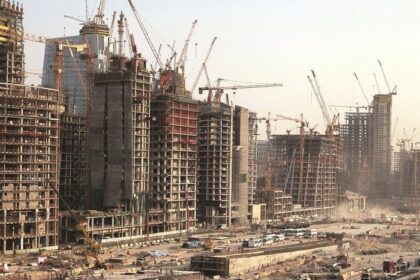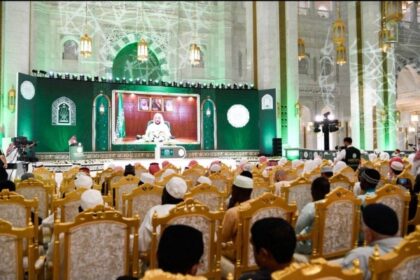By mid-2025, Vision 2030 had expanded beyond the mega-projects of NEOM and Riyadh to encompass dozens of cities throughout the Kingdom. The strategy aims to build a balanced, decentralized model of urbanization, where each major region contributes to the national economy and cultural identity.
Royal Commissions—government authorities established by royal decree and directly reporting to the Council of Ministers and His Royal Highness the Crown Prince—have become the key tool for implementing this model. Their main goal is to overcome institutional fragmentation, speed up decision-making, and coordinate ministries, municipalities, and the private sector within large-scale urban development and infrastructure programs. These commissions operate with their own budgets and have the authority to approve master plans, issue permits, and manage projects through their development departments.
Currently, Royal Commissions are active in Medina, Mecca, AlUla, Asir, Hail, as well as Jeddah, Jubail, and Yanbu. In Jeddah Central, construction of the coastal cluster is in full swing. In Medina, transport and hospitality infrastructure is being upgraded. AlUla is evolving into a world-class cultural tourism center, while roads, airports, and water systems are being modernized in Asir and the southern regions.
The creation of Royal Commissions addresses past inefficiencies in inter-agency coordination and the difficulties in executing complex projects through traditional bureaucratic models. Now, instead of dozens of approving bodies, a single, empowered client and manager coordinates with both national and international contractors and investors.
For the construction and engineering sectors, this means more opportunities to participate in regional projects—from housing and road infrastructure to landscaping, public spaces, and energy. But it also requires adaptation to a new way of working—where institutionalized, fast-moving government entities are the key partners, focused on outcomes rather than procedures.
“The emergence of strong institutional clients is a cornerstone for sustainable urban infrastructure. Saudi Arabia’s Royal Commissions show how decentralization and integrated governance can accelerate complex construction programs. For contractors, this means not only more work but a new level of engagement with the state—transparent, results-driven, and technologically advanced,” said Igor Bukato, international expert in construction and infrastructure.









